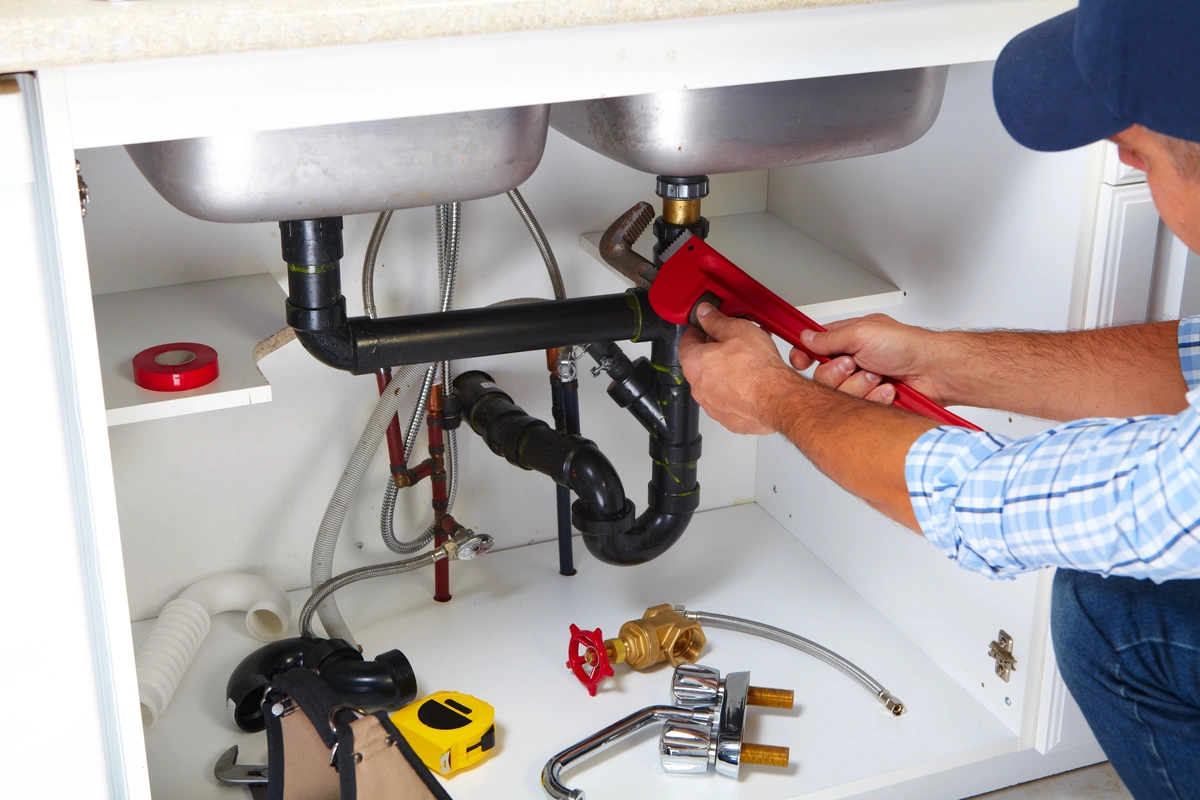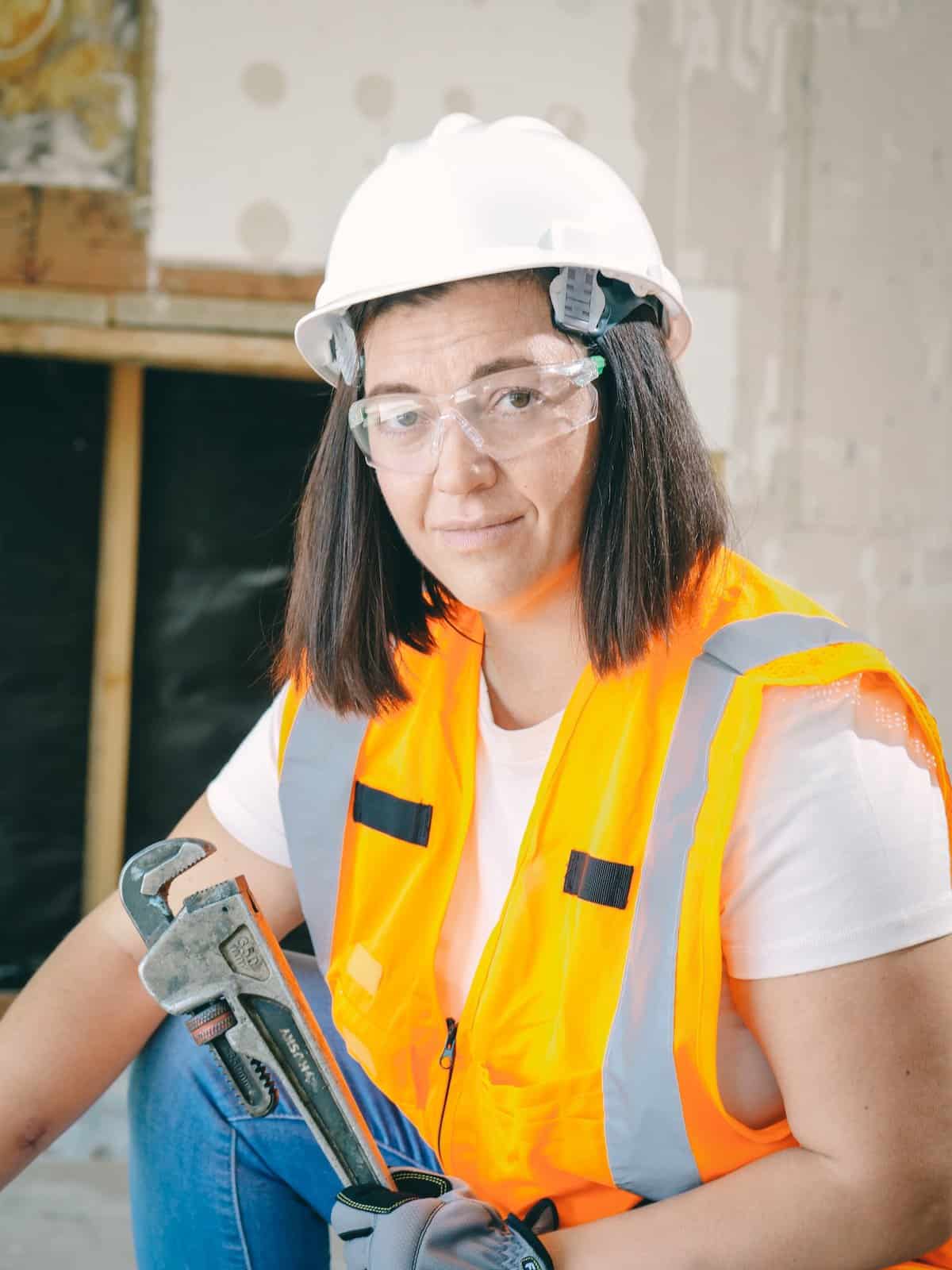Specialist Water Heater Installation Alabaster AL You Can Trust
Specialist Water Heater Installation Alabaster AL You Can Trust
Blog Article
A Step-by-Step Guide to Reliable Hot Water Heater Installation for Ideal Efficiency
Embarking on the job of mounting a water heating system is an endeavor that demands accuracy and a methodical technique for attaining optimal efficiency. As you proceed, the details of connecting water supply lines and setting up dependable electrical or gas links await, encouraging understandings into ensuring effectiveness and reliability.
Picking the Right Hot Water Heater

Following, think about the size and ability of the water heater. It's essential to assess your family's warm water requirements, which can vary based upon the number of owners and their use patterns. A device that's as well small may bring about not enough warm water, while a large version may lead to unneeded energy intake.
Performance scores also play a pivotal duty in choice. Seek hot water heater with high Energy Aspect (EF) rankings, showing premium efficiency and decreased power usage. Tankless designs, though normally more expensive in advance, offer significant energy cost savings gradually due to their on-demand home heating capacities.
Preparing the Installation Area
Before mounting a new water heating system, careful preparation of the installation area is necessary. It's crucial to measure the area meticulously to suit the water heater's dimensions, guaranteeing sufficient clearance around the system for reliable operation and servicing.
Examine the flooring for stability, as the water heating system will require a solid, degree surface area to run properly. If needed, mount a drip pan beneath the device to capture prospective leaks or spills, stopping water damage to the surrounding location.
Furthermore, make certain that all essential devices and products are on hand before commencing the installation. This consists of things such as wrenches, screwdrivers, a level, and any type of extra equipment needed for mounting and safeguarding the heating system. A well-prepared setup area establishes the foundation for a successful hot water heater configuration, enhancing efficiency and security.
Connecting Water Lines
When linking water lines to your newly mounted hot water heater, it is vital to make sure that all links are safe and secure and leak-free to maintain effective operation and prevent water damages. Begin by recognizing the warm and chilly water lines. The cool water inlet is usually noted with a blue tag or a "C", while the hot water outlet is noted with a red label or an "H".
Usage flexible water heating system ports to facilitate a less complicated installation procedure. These adapters can soak up resonance and enable small activity, decreasing the risk of leakages. Before connecting the adapters, put a plumber's tape around the threaded ends of the hot water heater's inlet and outlet pipelines - Plumbing Alabaster AL. This tape functions as a sealant, avoiding leakages. Very carefully connect the versatile hoses to the corresponding inlet and electrical outlet, making certain that they are not over-tightened yet tight, which might damage the threads.
When connections are in area, gradually transform on the main water supply shutoff. Inspect each connection for leaks by aesthetically feeling and examining for moisture. Tighten connections as required, and make certain the pressure relief shutoff is appropriately installed, protecting against too much pressure build-up.
Establishing Electrical or Gas Connections
Properly setting up the electrical or gas links for your water heating system is a vital step to ensure effective and safe operation. For electrical water heating units, start by confirming that the electrical circuit is suitable with the heating system's voltage and amperage needs.
For gas water heating systems, safety is extremely important. Confirm that the gas supply is off prior to proceeding. Attach the gas line to the water heating unit utilizing a versatile gas port, guaranteeing it is appropriately threaded and sealed with pipe joint compound or Teflon tape suitable for gas links. Tighten up the links with a wrench, taking treatment not to over-tighten (Plumber Alabaster AL).
Once links are made, evaluate for any kind of prospective leakages. For gas lines, apply a soapy water content service to the joints; bubbles show a leakage. For electrical links, ascertain that all wiring is safe and effectively insulated, keeping conformity with local electric codes.
Checking and Changing for Effectiveness
With the electric and gas links firmly in area, the next step is assessing the functional performance of your water heating system. Begin by very carefully transforming on the supply of water and guaranteeing there are no leaks at any one of the joints or shutoffs. As soon as verified, proceed to fill up the storage tank, taking notice of the stress blog and temperature settings. It is suggested to set the thermostat to a recommended temperature level of around 120 ° F(49 ° C) to balance energy effectiveness and comfort.
Following, carry out an extensive assessment to make sure the burner or burner are functioning properly. For electrical heating units, use a multimeter to verify if the aspects are drawing the ideal existing. In gas designs, observe the burner fire; it should be blue and consistent, showing reliable burning.
Adjust the setups as needed to get rid of ineffectiveness. Consider implementing insulation measures, such as adding a water heating unit covering, to better enhance efficiency by minimizing heat loss. Additionally, examine the anode pole's condition, as a scrubby rod can reduce performance and result in container deterioration.
Conclusion
Effective hot water heater installation is essential for making certain optimum performance and energy savings. By choosing the ideal type and size, and thoroughly preparing the installment area, a foundation for success is established. Securely connecting supply of water lines and carefully establishing electrical or gas links decrease prospective concerns. Comprehensive screening for leaks and precise thermostat modifications to 120 ° F boost reliability and effectiveness. Adhering to these actions advertises long-term functionality and power conservation in household water furnace.

Correctly setting up the electric or gas connections for your water heating unit is a crucial action to make certain effective and risk-free procedure. For electric water heaters, start by validating that the electric circuit is suitable with the heating unit's voltage and amperage needs. Attach the gas line to the water heating unit making use of a versatile gas adapter, guaranteeing it is appropriately threaded and sealed with pipe joint substance or Teflon tape appropriate for gas links.
Report this page